How Korean Pop Music Reshaped Culture in the USA, UK, and Australia
K-POP Industry – A GLOBAL WAVE WITH LOCAL IMPACT
K-pop and the K-POP Industry is no longer a niche export from South Korea—it has become a transformative cultural force that reshapes how music, identity, and community are experienced across continents. In the USA, UK, and Australia, Korean pop music has infiltrated mainstream media, youth culture, and even political discourse. Its rise is not simply about catchy hooks or synchronized choreography. It reflects a deeper shift in how global audiences engage with art, language, and emotional storytelling. K-pop’s appeal lies in its ability to fuse high production value with symbolic depth, creating a genre that is both visually stunning and emotionally resonant.
This wave of influence is not accidental. It’s the result of a meticulously crafted ecosystem—one that blends rigorous idol training, multilingual lyrics, cinematic visuals, and fan-driven digital engagement. In Western countries, K-pop is not just consumed—it’s lived. Fans organize flash mobs, learn Korean, and build online communities that transcend borders. The genre’s success is a testament to the power of cultural fusion, emotional intelligence, and symbolic storytelling. As we explore its impact across the USA, UK, and Australia, we uncover a new kind of pop culture—one that is inclusive, adaptive, and deeply connected.
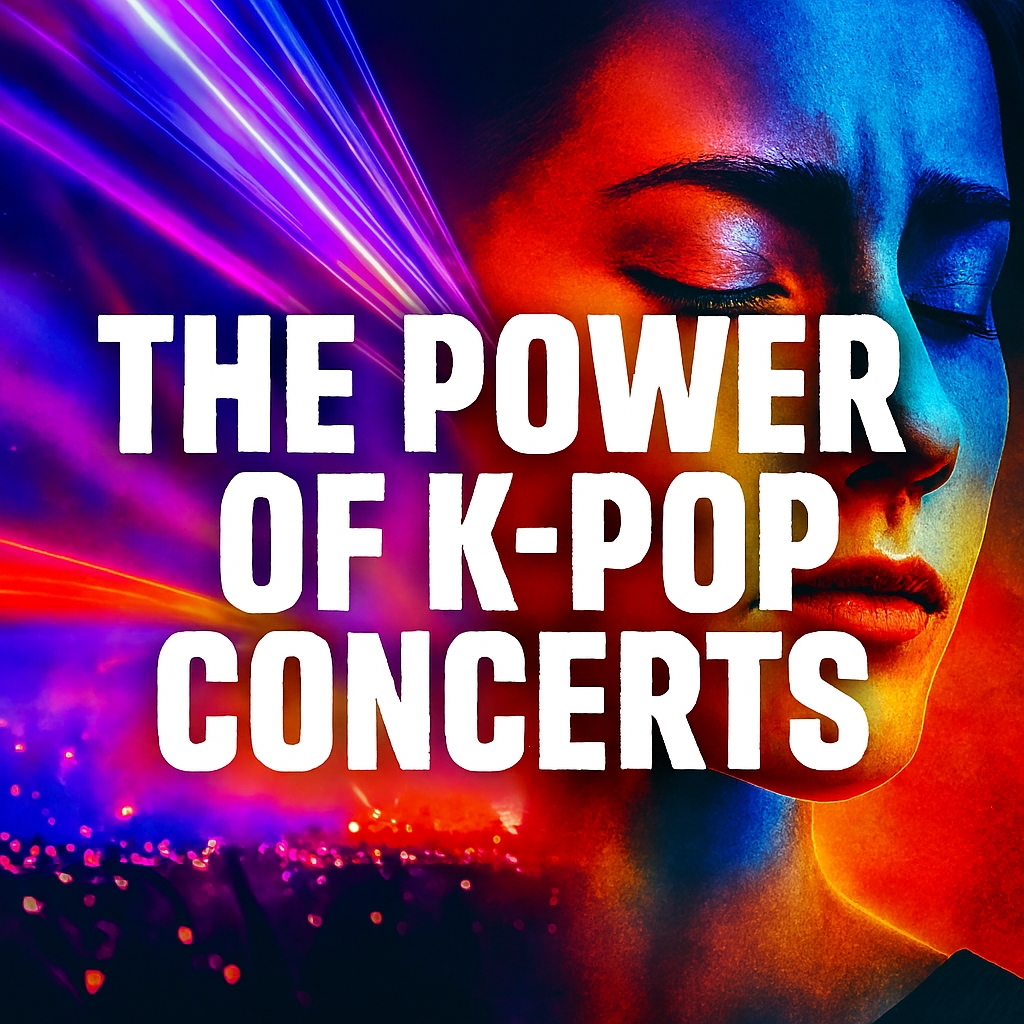
CULTURAL FUSION – BLENDING EASTERN AESTHETICS WITH WESTERN POP
K-pop’s global resonance stems from its hybrid nature. It is a genre born from the intersection of Korean cultural motifs and Western musical traditions. This fusion is not superficial—it is deeply embedded in the structure, sound, and symbolism of the music. Korean pop artists draw from traditional storytelling techniques, martial arts-inspired choreography, and hanbok-influenced fashion. These elements are then layered with Western genres like hip-hop, EDM, trap, and R&B, creating a soundscape that feels both familiar and novel to Western audiences.
Groups like BTS, BLACKPINK, and Stray Kids exemplify this fusion. Their music videos often feature Western luxury brands, English-language hooks, and global themes such as self-love, resilience, and identity. Yet they retain a distinctly Korean narrative style—one that emphasizes emotional arcs, symbolic visuals, and communal experience. This duality allows K-pop to resonate across cultures. It is not merely Korean music exported to the West—it is a new form of global pop that adapts to local tastes while maintaining its core identity. The result is a genre that feels universal yet rooted, modern yet traditional.
| Element | Korean Influence | Western Influence | Resulting Fusion Style |
|---|---|---|---|
| Lyrics | Korean idioms, honorifics | English hooks, slang | Bilingual emotional storytelling |
| Choreography | Martial arts, K-drama | Street dance, pop staging | Precision with global flair |
| Fashion | Hanbok-inspired layering | Luxury streetwear | Symbolic multicultural styling |
| Themes | Community, resilience | Individualism, rebellion | Hybrid emotional narratives |
FAN CULTURE – THE ENGINE OF GLOBAL EXPANSION
K-pop fandom is not passive—it is a dynamic, organized, and emotionally intelligent force that drives the genre’s global expansion. In the USA, fanbases like ARMY (BTS) and BLINK (BLACKPINK) have mobilized for social justice campaigns, environmental causes, and political activism. These fans do more than stream music—they create billboards, fundraise for charities, and even disrupt online political campaigns. Their engagement is strategic, symbolic, and deeply collaborative.
In the UK, K-pop fans are reshaping youth culture through dance workshops, fashion pop-ups, and community events. They use K-pop as a medium for self-expression, identity formation, and cultural exchange. In Australia, fan clubs are forming alliances with multicultural organizations, promoting inclusivity and cross-cultural dialogue. These communities are not just about music—they are about belonging. Fans learn Korean phrases, follow choreography tutorials, and build digital ecosystems that transcend geography.
This fan-driven infrastructure is what powers K-pop’s global reach. It is a decentralized, emotionally resonant network that amplifies the genre’s visibility and impact. K-pop fandom is a model of participatory culture—one that blends emotional investment with civic engagement, artistic appreciation with social action.
| Country | Major Fanbase Activity | Social Impact |
|---|---|---|
| USA | Billboard chart manipulation, protests | Civic engagement, youth activism |
| UK | Dance clubs, charity drives | Community building |
| Australia | Cultural festivals, language learning | Multicultural inclusion |
ECONOMIC IMPACT – A MULTIBILLION-DOLLAR ECOSYSTEM
K-pop is not just a cultural movement—it’s a thriving economic engine. In the USA, it contributes billions annually through album sales, merchandise, concert tours, and digital streaming. Major American labels like Columbia Records and Interscope have signed K-pop acts, recognizing their commercial viability. BTS’s sold-out stadium tours and BLACKPINK’s global brand endorsements are just the tip of the iceberg.
In the UK, K-pop festivals, pop-up stores, and retail partnerships generate significant tourism and retail revenue. British fashion houses and media outlets are increasingly collaborating with Korean artists, creating new revenue streams and cultural exchanges. Australia, while smaller in market size, is emerging as a strategic hub for K-pop expansion in the Asia-Pacific region. Local artists are collaborating with Korean producers, and K-pop-themed events are drawing thousands of attendees.
This economic footprint is not limited to music—it extends into fashion, cosmetics, education, and digital media. K-pop’s influence is reshaping global consumer behavior, especially among Gen Z and millennial audiences.
| Region | Revenue Source | Estimated Annual Impact |
|---|---|---|
| USA | Tours, albums, merch, streaming | $5–7 billion |
| UK | Events, retail, media deals | $1–2 billion |
| Australia | Collaborations, festivals | $500 million+ |
VISUAL STORYTELLING – THE ART OF THE MUSIC VIDEO
K-pop music videos are not just promotional tools—they are visual narratives that blend symbolism, choreography, and cinematic design. These videos often feature elaborate sets, color-coded emotional cues, and tightly synchronized dance routines. The result is a multisensory experience that deepens the emotional impact of the music.
In the USA, K-pop visuals have influenced advertising campaigns, fashion editorials, and TikTok aesthetics. American directors and choreographers are studying K-pop’s visual grammar to enhance their own productions. In the UK, media studies programs are incorporating K-pop video analysis into their curriculum, recognizing its artistic and cultural significance. Australia’s creative industries are also responding, with local filmmakers and designers drawing inspiration from K-pop’s hybrid aesthetic.
The power of K-pop visuals lies in their ability to tell stories without words. They use color theory, spatial design, and symbolic props to evoke themes of identity, resilience, and transformation.
| Visual Element | Symbolic Function | Western Influence |
|---|---|---|
| Color palettes | Emotional tone and mood | Fashion and branding |
| Choreography | Unity, precision, emotion | Dance culture |
| Set design | Narrative depth | Film and theatre |
| Props | Symbolic storytelling | Art direction |
IDOL TRAINING – THE SYSTEM BEHIND THE STARS
K-pop idols are not discovered—they are built through a rigorous training system that spans years. Trainees undergo intensive instruction in vocals, dance, foreign languages, media handling, and emotional discipline. This system produces artists who are technically flawless and emotionally resilient.
In the USA, talent development programs are beginning to adopt elements of the K-pop model, emphasizing holistic training and cross-disciplinary skills. In the UK, debates around artistic autonomy and mental health are emerging in response to the idol system’s intensity. Australia is adapting the model for multicultural performance schools, blending K-pop discipline with local creative traditions.
The idol system is both admired and critiqued. It raises questions about labor, identity, and artistic freedom. Yet its results are undeniable—global stars with unmatched stage presence, fan engagement, and cultural influence.
| Training Component | Purpose | Western Adaptation |
|---|---|---|
| Vocal coaching | Technical mastery | Music academies |
| Dance training | Precision and stamina | Choreography schools |
| Language learning | Global communication | Multilingual programs |
| Media handling | Public image and resilience | PR and branding workshops |
SOCIAL MEDIA – THE DIGITAL FRONTIER OF GLOBAL FANDOM
K-pop’s rise in the West is inseparable from its mastery of digital platforms. Social media is not just a promotional tool for K-pop—it is the lifeblood of its global expansion. Platforms like Twitter, TikTok, Instagram, and YouTube allow fans to interact directly with idols, participate in global streaming campaigns, and co-create content. This creates a sense of intimacy and immediacy that traditional Western pop acts often struggle to replicate.
In the USA, K-pop hashtags trend daily, often dominating Twitter’s global charts. TikTok challenges based on K-pop choreography go viral within hours, generating millions of views and spawning countless remixes. In the UK, fan edits, fancams, and reaction videos are a staple of youth digital culture. In Australia, YouTube reaction channels and livestream fan events are building cross-cultural bridges, especially among younger audiences.
This digital fluency allows K-pop to bypass traditional gatekeepers like radio and television. It creates a decentralized, participatory media ecosystem where fans are not just consumers—they are co-creators, curators, and cultural translators.
| Platform | K-pop Use Case | Western Impact |
|---|---|---|
| Hashtag campaigns, real-time updates | Political mobilization, trend hijacking | |
| TikTok | Dance challenges, meme culture | Viral choreography, youth engagement |
| YouTube | Music videos, behind-the-scenes | Global reach, fan-made content |
| Fashion, aesthetics, fan interaction | Visual branding, influencer crossover |
DIVERSITY – REPRESENTATION AND INCLUSION THROUGH MUSIC
K-pop is reshaping global conversations about representation, identity, and inclusion. While rooted in Korean culture, the genre embraces a global identity that resonates with diverse audiences. Many K-pop idols are multilingual, multicultural, and internationally educated. BLACKPINK’s Rosé was raised in Australia. BTS’s RM speaks fluent English and often references Western literature and philosophy. Stray Kids includes members from Sydney and Los Angeles.
In the USA, this diversity challenges long-standing stereotypes about Asian masculinity, femininity, and creativity. K-pop idols present a new model of global stardom—one that is emotionally expressive, fashion-forward, and culturally fluid. In the UK, K-pop is opening space for Asian and mixed-race youth to see themselves reflected in mainstream media. In Australia, it is validating the experiences of multicultural communities that have long felt sidelined by Anglo-centric pop culture.
K-pop’s inclusive ethos is not just symbolic—it is structural. It shows that global pop can be multilingual, multiethnic, and emotionally intelligent. It offers a new blueprint for representation—one that is rooted in collaboration, not assimilation.
| Region | Local Impact of K-pop Representation | Cultural Shift Observed |
|---|---|---|
| USA | Redefining Asian-American masculinity | Broader acceptance in media and fashion |
| UK | Empowering British-Asian youth | Rise in Asian-led creative collectives |
| Australia | Validating multicultural identities | Growth in Korean language education |
LIVE PERFORMANCES – THEATRICALITY AND EMOTION IN MOTION
K-pop concerts are not just musical events—they are immersive, multisensory experiences that blend music, dance, visual storytelling, and fan interaction. These performances are meticulously choreographed, emotionally charged, and symbolically rich. They often feature elaborate stage designs, costume changes, and interactive segments that turn concerts into communal rituals.
In the USA, K-pop stadium tours rival those of Western superstars. BTS’s “Love Yourself” tour sold out venues like the Rose Bowl and MetLife Stadium, drawing over 300,000 fans in North America alone. In the UK, venues like Wembley Arena and The O2 have hosted sold-out K-pop events, with fans traveling from across Europe. In Australia, festivals like KCON and HallyuPopFest have become annual highlights, drawing thousands of attendees and showcasing both major acts and emerging talent.
These performances are more than entertainment—they are symbolic gatherings where fans and idols co-create meaning. They offer a space for emotional release, identity affirmation, and collective joy.
| Country | Major K-pop Events & Venues | Attendance & Cultural Impact |
|---|---|---|
| USA | BTS at MetLife, BLACKPINK at Coachella | 300K+ attendees, mainstream validation |
| UK | Wembley Arena, K-pop Lux Festival | Sold-out shows, media coverage |
| Australia | KCON Sydney, HallyuPopFest | 20K+ attendees, multicultural outreach |
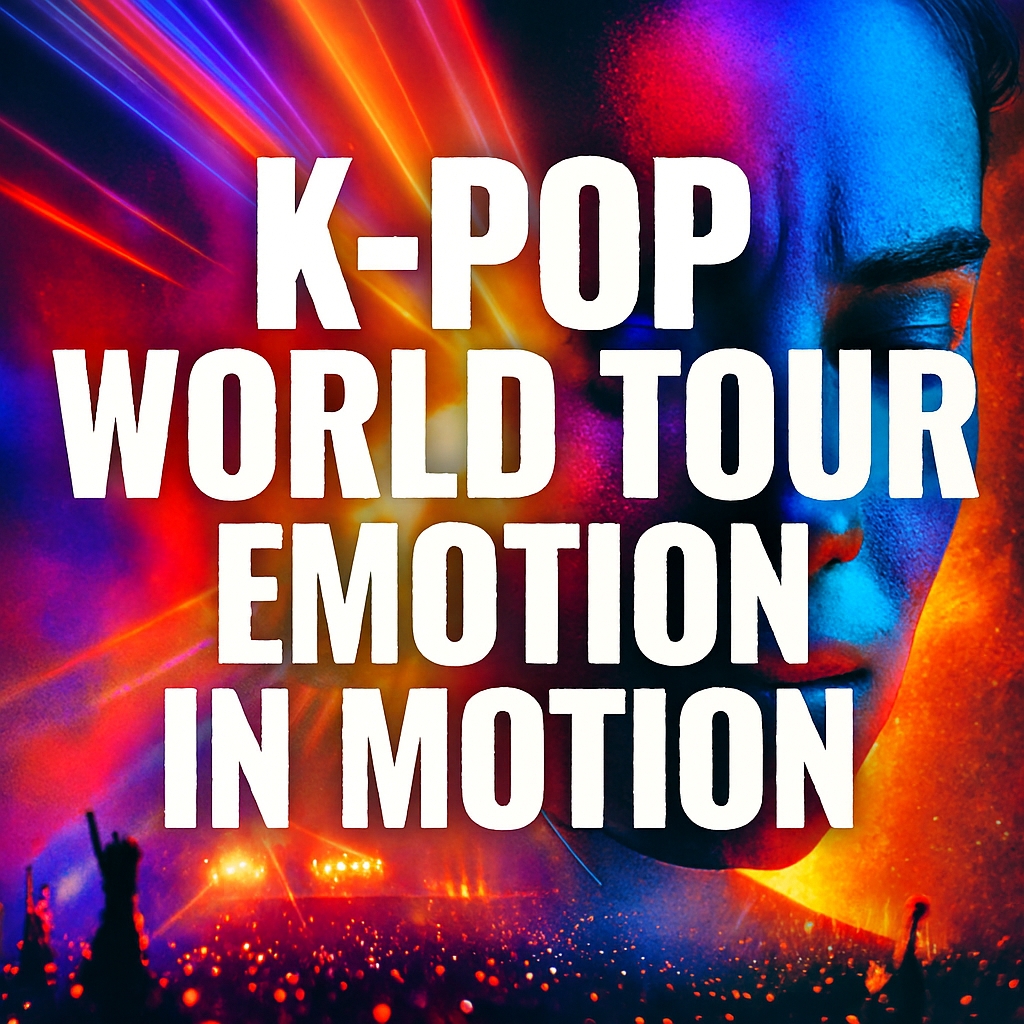
FASHION – AESTHETIC INFLUENCE ON GLOBAL STYLE
K-pop idols are not just musicians—they are fashion icons whose influence extends from Seoul to Soho. Their style blends Korean streetwear, luxury branding, and symbolic costume design. This aesthetic has become a global language of youth identity, influencing everything from runway shows to Instagram trends.
In the USA, brands like Dior, Calvin Klein, and Louis Vuitton have partnered with K-pop idols as ambassadors and collaborators. BTS’s Jungkook is a face of Calvin Klein. BLACKPINK’s Jennie has walked for Chanel. In the UK, K-pop-inspired styles are appearing in high street fashion, with oversized blazers, layered accessories, and pastel palettes becoming staples. In Australia, local designers are incorporating K-pop aesthetics into their collections, blending Korean minimalism with Indigenous motifs and surf culture.
Fashion in K-pop is not just about looking good—it’s about storytelling. Outfits are chosen to reflect the emotional tone of a song, the symbolism of a concept, or the evolution of an artist’s identity. This makes K-pop fashion a form of visual narrative—one that speaks across cultures and generations.
| Brand/Designer | K-pop Collaborator | Cultural Outcome |
|---|---|---|
| Calvin Klein | Jungkook (BTS) | Global youth engagement, sales spike |
| Chanel | Jennie (BLACKPINK) | Luxury rebranding, Gen Z appeal |
| Gentle Monster | Multiple idols | Fusion of tech, fashion, and identity |
| Local AU Designers | K-pop inspired collections | Multicultural fashion innovation |
EDUCATION – K-POP AS CULTURAL CURRICULUM
K-pop is entering classrooms across the Western world—not just as a musical genre, but as a gateway to cultural literacy. In the USA, universities like UC Berkeley and NYU offer courses on K-pop’s global impact, analyzing its role in media, identity, and transnational fandom. These programs explore everything from idol training systems to fan activism, treating K-pop as a serious subject of academic inquiry.
In the UK, secondary schools and colleges are integrating Korean language electives, driven by student interest in K-pop and Korean dramas. Cultural studies departments are using K-pop to teach globalization, youth identity, and digital media theory. Australia is seeing similar trends, with Korean language programs expanding in high schools and universities. Educators are using K-pop to engage students in discussions about race, representation, and emotional storytelling.
This educational shift reflects K-pop’s symbolic power. It’s not just entertainment—it’s a lens through which students explore complex cultural systems. It encourages emotional intelligence, cross-cultural empathy, and critical thinking.
| Country | Educational Integration of K-pop | Impact on Students and Curriculum |
|---|---|---|
| USA | University courses, media studies | Academic legitimacy, cultural analysis |
| UK | Language electives, youth media modules | Identity exploration, global literacy |
| Australia | High school programs, cultural outreach | Multicultural engagement, language growth |
SYMBOLIC ACTIVISM – MUSIC AS A VOICE FOR CHANGE
K-pop fandom is not just about music—it’s a platform for civic engagement and symbolic resistance. In the USA, fans have organized digital protests, disrupted political hashtags, and raised funds for social justice causes. BTS’s donation to the Black Lives Matter movement sparked a wave of fan-led fundraising, demonstrating the genre’s capacity for real-world impact.
In the UK, K-pop fans have mobilized around climate action, LGBTQ+ rights, and refugee support. They use their digital fluency to amplify marginalized voices and challenge mainstream narratives. In Australia, fan communities are promoting multicultural awareness, Indigenous solidarity, and mental health advocacy. These actions are often decentralized, spontaneous, and emotionally driven—reflecting the participatory ethos of K-pop culture.
This activism is symbolic. It shows that music can be a tool for empathy, solidarity, and transformation. K-pop fans are not just consumers—they are cultural agents who use their passion to reshape public discourse.
| Region | Fan-led Activism Initiatives | Social and Political Outcomes |
|---|---|---|
| USA | BLM fundraising, hashtag disruption | Youth political engagement |
| UK | Climate and LGBTQ+ campaigns | Visibility for marginalized groups |
| Australia | Indigenous solidarity, mental health | Multicultural dialogue and inclusion |
LOCAL ADAPTATION – HOW WESTERN ARTISTS RESPOND
Western artists are not just observing K-pop’s rise—they’re adapting to it. Collaborations between K-pop idols and Western musicians are becoming increasingly common, blending styles, languages, and fanbases. Halsey’s duet with BTS, Dua Lipa’s track with BLACKPINK, and Coldplay’s collaboration with RM are examples of this cultural exchange.
In the USA, producers are studying K-pop’s structure—its use of pre-chorus builds, synchronized choreography, and visual branding. In the UK, artists are experimenting with multilingual lyrics and hybrid aesthetics. Australia’s indie and pop scenes are beginning to incorporate K-pop elements, from layered vocal production to stylized fashion.
This adaptation is not about imitation—it’s about evolution. K-pop is reshaping how Western artists think about performance, identity, and audience engagement. It’s creating a new global language of pop—one that is collaborative, inclusive, and emotionally intelligent.
| Artist/Region | Type of Collaboration or Influence | Resulting Shift in Style or Strategy |
|---|---|---|
| USA – Halsey | BTS collaboration | Bilingual lyrics, fan engagement |
| UK – Dua Lipa | BLACKPINK duet | Global branding, visual storytelling |
| Australia – Local acts | K-pop inspired production | Multicultural soundscapes, fashion fusion |
GLOBAL STADIUMS – K-POP’S CONQUEST OF WESTERN VENUES
K-pop artists are no longer confined to niche clubs or cultural festivals—they’re headlining the world’s biggest stadiums. In the USA, BTS’s “Love Yourself” and “Speak Yourself” tours sold out venues like MetLife Stadium, Soldier Field, and the Rose Bowl, drawing hundreds of thousands of fans. BLACKPINK made history as the first K-pop girl group to perform at Coachella, while TWICE and Stray Kids have filled arenas coast to coast.
In the UK, K-pop acts have taken over Wembley Arena, The O2, and Manchester’s AO Arena. These performances are not just concerts—they’re cultural events that attract fans from across Europe. Australia has seen similar growth, with KCON Sydney and HallyuPopFest drawing tens of thousands and expanding into multi-day festivals.
This stadium dominance signals a shift in global music hierarchies. K-pop is no longer an outsider—it’s a headline act.
| Region | Major Venues Headlined by K-pop Acts | Attendance Range |
|---|---|---|
| USA | MetLife, Rose Bowl, Coachella | 40K–100K per show |
| UK | Wembley Arena, The O2, AO Arena | 10K–20K per show |
| Australia | Qudos Bank Arena, ICC Sydney, KCON | 8K–15K per show |
FAN RITUALS – LIGHTSTICKS, CHANTS, AND EMOTIONAL UNITY
K-pop touring is defined not just by performance, but by ritual. Fans bring lightsticks—custom-designed glowing devices synced to the music—to create waves of color across stadiums. They memorize fan chants, timed to specific lyrics, and rehearse them weeks in advance. These rituals transform concerts into communal ceremonies of identity and belonging.
In the USA, ARMYs coordinate lightstick colors to match themes of BTS’s setlist, creating symbolic gradients of emotion. In the UK, fans organize pre-show meetups to practice chants and exchange handmade gifts. In Australia, multicultural fan groups blend Korean traditions with local customs, creating hybrid rituals that reflect the country’s diversity.
These practices are not passive—they’re participatory acts of devotion. They turn fans into co-performers, and concerts into emotionally resonant gatherings.
| Ritual Element | Symbolic Function | Regional Variation |
|---|---|---|
| Lightsticks | Emotional atmosphere, unity | Color-coded by song or theme |
| Fan chants | Collective voice, timing | Localized accents and phrasing |
| Fan gifts | Emotional exchange, creativity | Cultural fusion in handmade items |
STAGECRAFT – SYMBOLISM IN SET DESIGN AND PERFORMANCE
K-pop touring is a masterclass in theatrical design. Stages are built to evoke emotional landscapes—featuring rotating platforms, LED tunnels, floating bridges, and symbolic props. Each tour is a visual narrative, with setlists structured like story arcs and transitions choreographed to reflect emotional shifts.
In the USA, BTS’s “Map of the Soul” tour used Jungian symbolism—mirrors, shadows, and labyrinths—to explore identity. BLACKPINK’s “Born Pink” tour featured flaming roses and shattered glass motifs to represent transformation. In the UK, stages often incorporate local references—Union Jack lighting, British fashion cues, or London skyline projections. Australia’s shows lean into nature symbolism, with reef-inspired visuals, desert palettes, and Indigenous motifs.
This stagecraft is not just spectacle—it’s storytelling. It turns concerts into immersive emotional journeys.
| Tour Name | Symbolic Theme | Signature Stage Element |
|---|---|---|
| BTS – Map of the Soul | Identity and duality | Mirror maze, shadow choreography |
| BLACKPINK – Born Pink | Rebirth and power | Flaming roses, glass shards |
| Stray Kids – Maniac | Chaos and resilience | Industrial scaffolding, neon tunnels |
REGIONAL ADAPTATION – HOW K-POP TOURS LOCALIZE EXPERIENCE
K-pop tours are globally consistent but locally adaptive. Artists tailor setlists, costumes, and fan interactions to reflect regional culture. In the USA, idols often speak in English, reference local landmarks, and incorporate American slang. In the UK, they nod to British humor, fashion, and music history. In Australia, they highlight multiculturalism, Indigenous art, and nature symbolism.
These adaptations deepen emotional connection. Fans feel seen, heard, and respected. They recognize that K-pop is not just visiting—it’s engaging. This localization also boosts media coverage, fan loyalty, and cultural exchange.
| Region | Local Adaptation Strategy | Fan Response |
|---|---|---|
| USA | English speeches, local shoutouts | Emotional resonance, viral clips |
| UK | British slang, fashion nods | Cultural pride, mainstream coverage |
| Australia | Indigenous motifs, nature themes | Multicultural celebration, inclusivity |
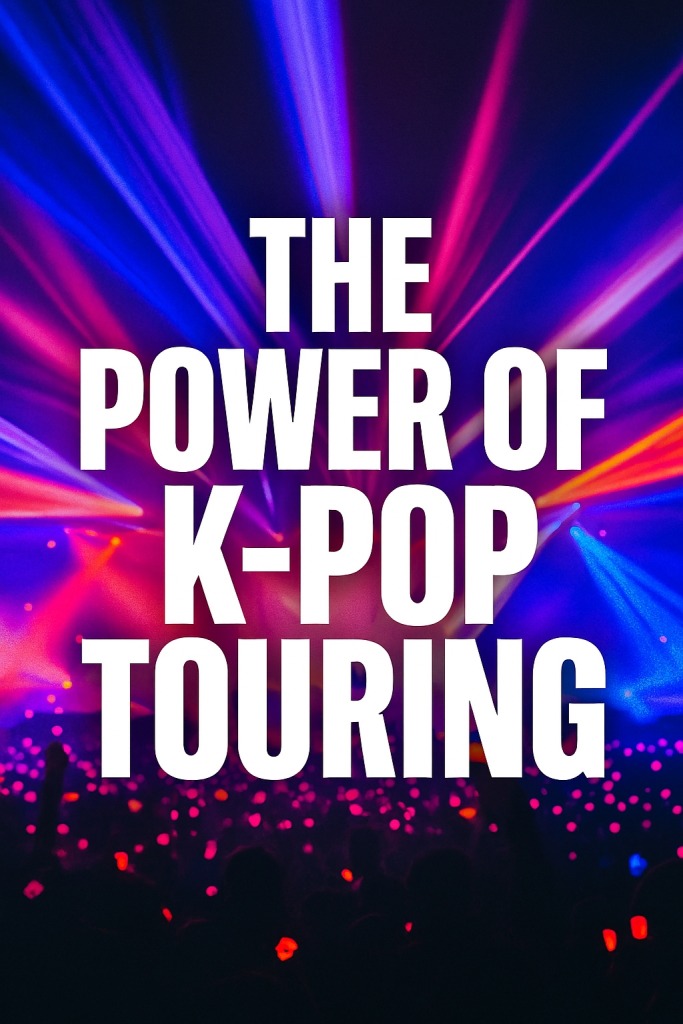
FUTURE OF TOURING – HYBRID EXPERIENCES AND ECO-CONSCIOUS DESIGN
The future of K-pop touring is hybrid, immersive, and ecologically aware. Virtual concerts, AR-enhanced performances, and livestream fan zones are becoming standard. Companies like HYBE and SM Entertainment are investing in digital infrastructure to reach fans who can’t attend in person.
Eco-conscious design is also emerging. Tours are reducing plastic waste, using recycled materials for merchandise, and offsetting carbon emissions. In Australia, some K-pop events have partnered with environmental NGOs to promote reef conservation and Indigenous land stewardship.
This evolution reflects K-pop’s symbolic ethos—connection, innovation, and responsibility. Touring is no longer just about movement—it’s about meaning.
| Innovation Area | Example Implementation | Symbolic Impact |
|---|---|---|
| Virtual concerts | AR stages, global livestreams | Accessibility, emotional reach |
| Eco design | Recycled merch, carbon offsets | Environmental stewardship |
| Cultural partnerships | Indigenous art, reef conservation | Local engagement, symbolic depth |
CONCLUSION – A SYMBOLIC SHIFT IN GLOBAL CULTURE
K-pop’s rise in the Western world is not a passing trend—it’s a cultural transformation. It has redefined how music is made, shared, and experienced. In the USA, UK, and Australia, K-pop is reshaping youth identity, media ecosystems, and artistic collaboration. It’s creating new narratives of inclusion, emotional resonance, and symbolic storytelling.
This genre is not just Korean—it’s global. It speaks to the universal desire for connection, expression, and meaning. It shows that pop culture can be emotionally intelligent, visually rich, and socially engaged. K-pop is a blueprint for the future of entertainment—one that values diversity, precision, and community.
As we reflect on its impact, we see more than music. We see a movement. A wave. A reef of interconnected stories, identities, and possibilities.
JOIN THE DISCUSSION – WHAT DOES K-POP MEAN TO YOU
Whether you’re a fan, a critic, or a curious observer, K-pop invites reflection. What does it say about globalization? About identity? About the future of music and media?
#KpopInUSA #KpopInUK #KpopInAustralia #WesternKpopFans #KpopAcrossBorders

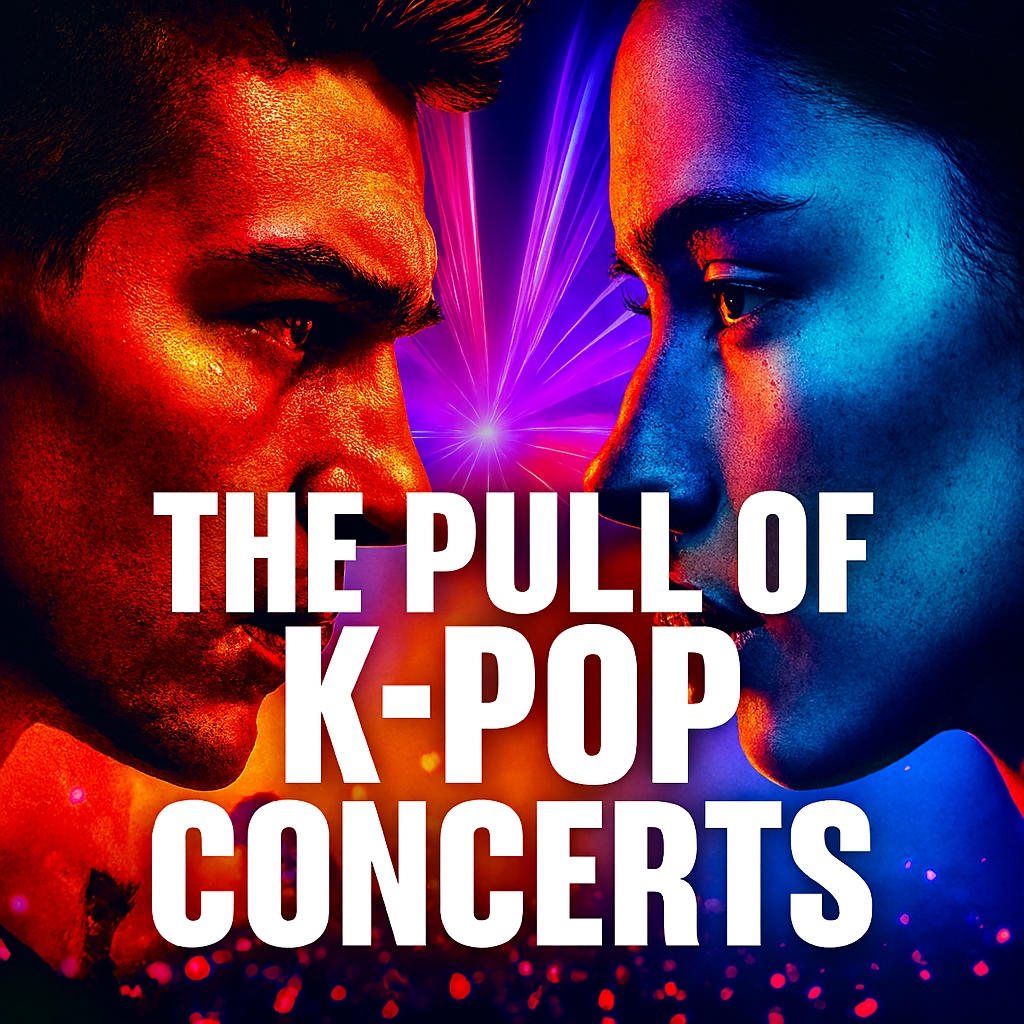


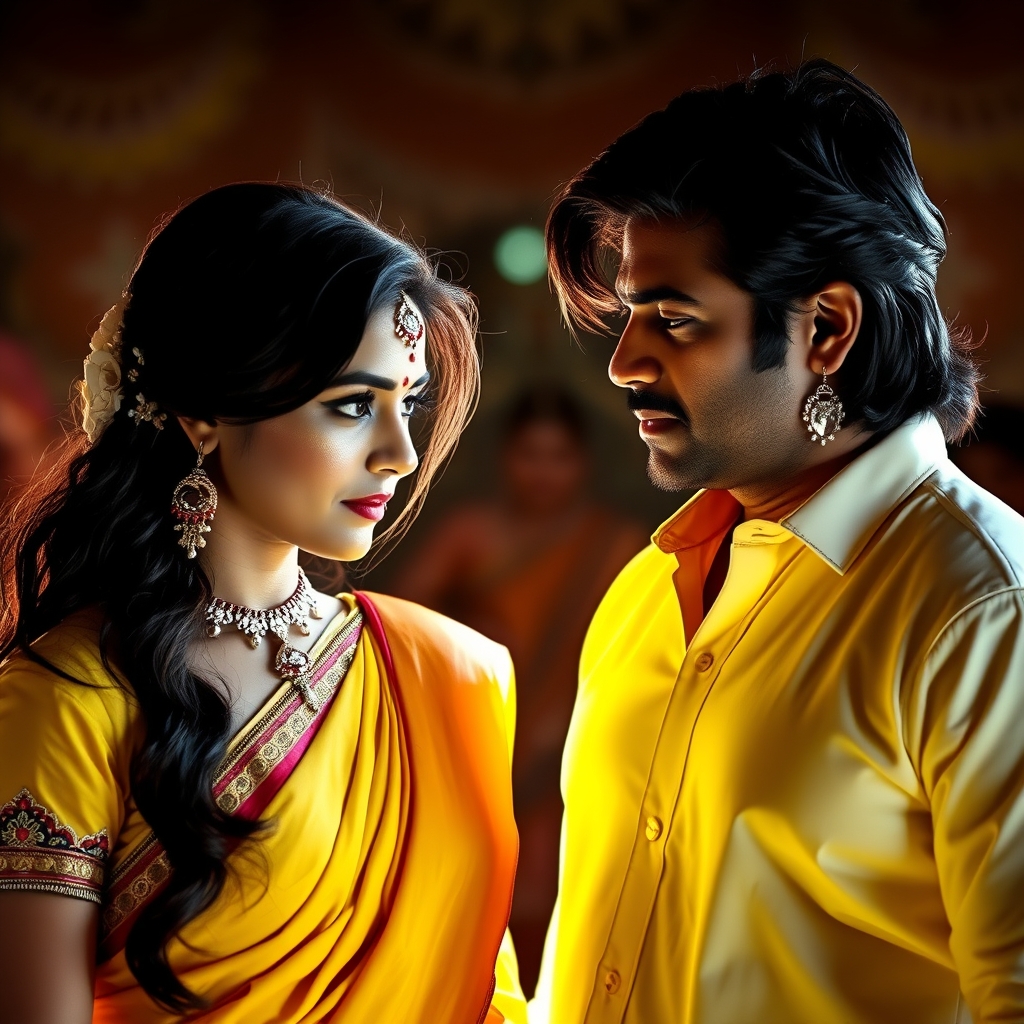

Leave a Reply